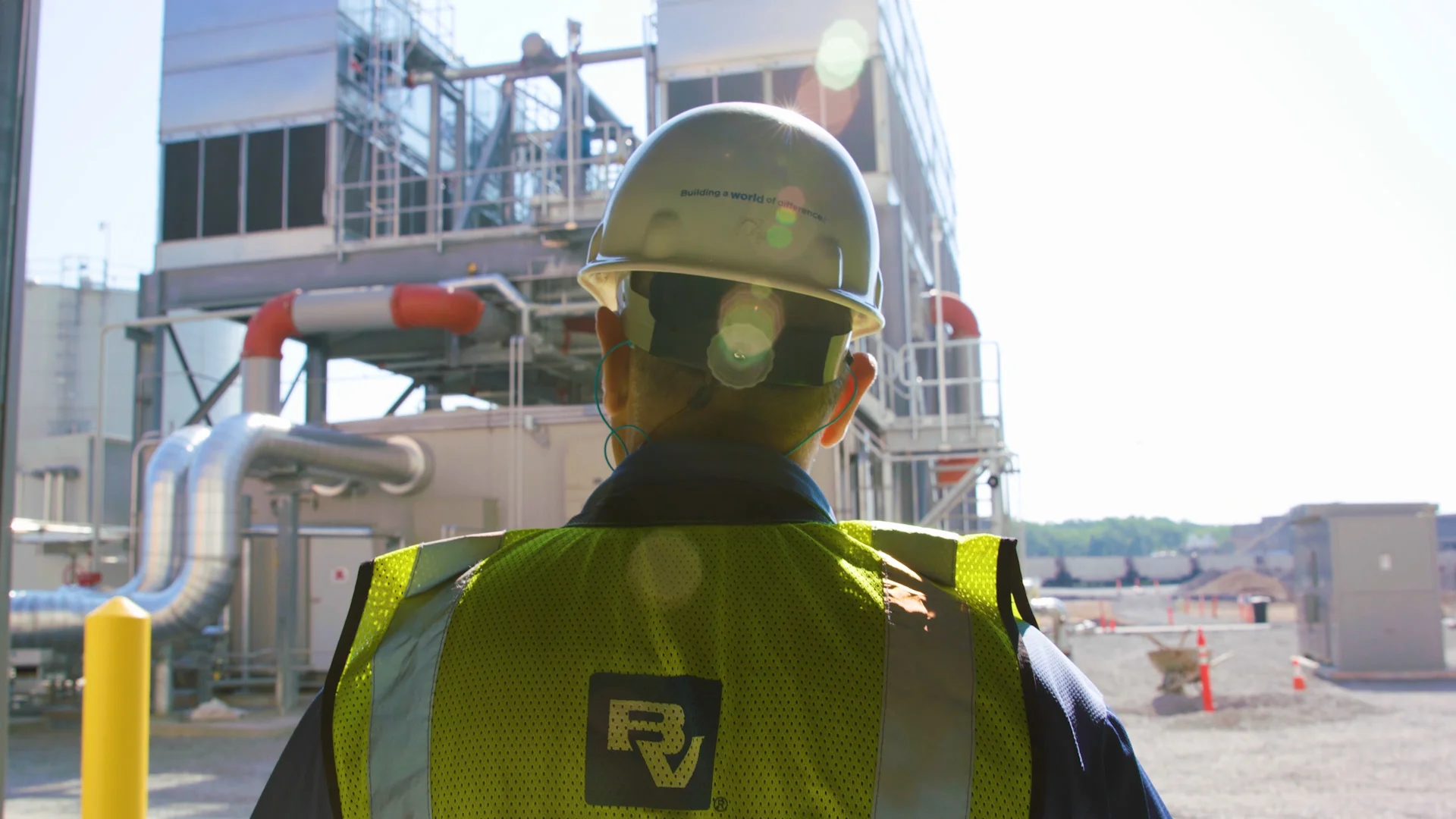Project Provides Full Secondary Treatment at Orange County Wastewater Facility

- Project Name
- Secondary Activated Sludge Facility 2 at Plant No. 1
- Location
- Orange County, California
- Client
- Orange County Sanitation District
The Orange County Sanitation District (OCSD) faced complex challenges. These included addressing wastewater treatment, increasing feedwater supply and being mindful of the importance of its Groundwater Replenishment System (GWRS), which is jointly owned and operated by the Orange County Water District.
Black & Veatch was called upon to provide OCSD with preliminary and final design and construction services for a project that developed a 60 million gallons per day (mgd) activated sludge treatment train at the utility’s Plant No. 1. The $210 million construction project is the cornerstone of OCSD’s capital improvement program, one that helped the service provider achieve its goals.
“Our vision at Orange County Sanitation District for this project was two-fold. First, it was that we develop a project that would meet the requirements of our consent decree with the U.S. Environmental Protection Agency and the California State Water Resources Control Board. Second, that we provide good, clean effluent for the Groundwater Replenishment System so that we could increase the amount of reclamation that we do.”
Jim Herberg, OCSD Assistant General Manager

Cleaner Effluent
Much like all other coastal dischargers, OCSD had a partial secondary treatment waiver allowed in the Clean Water Act. However, the OCSD Board of Directors voted in 2001 to go to full secondary treatment. This started much of the district’s capital improvement program to take its facilities to full secondary treatment.
OCSD was not required to remove nitrogen. However, Black & Veatch advised biological nutrient removal because OCSD could recover some of the oxygen from the nitrate that was created and reduce the oxygen requirement in the aeration basins. This process is more energy-efficient and generates less biosolids per million gallons treated. It is also a cleaner effluent for the advanced water treatment plant next door.
Contact Us
Looking for a partner in innovation?
Let's Talk
